Biomimetic Architecture : Imitating biological systems for sustainable structures
People often draw inspiration from nature in designing structures and technology. When copying nature, people don't limit it to the forms they see but understand the system as a whole. Biomimicry is an ideology of finding solutions by imitating and learning natural processes. We view nature as a mentor and model to make sustainable technology and structures.
There are three ways to mimic nature: organism, its behaviors, and ecosystem. In architecture, we seek to understand the principles of forms governing natural structures rather than copying their form. Biomimicry is not for the status quo but for those who seek efficient and sustainable ways to build and design structure.
Janine Benyus coined the term biomimicry. Architects and engineers explored this concept by investigating how living organisms solve design challenges. What we know is nature is in constant search and test solutions for billions of years. With that experience, we can't deny the opportunity to learn.
It is quite funny to think that we build structures to protect us from natural extremes, but we draw from nature to build these structures. We are now prioritizing sustainable and green architecture and engineering due to climate change. Nature is an engineering genius, and we can learn a lot by studying the shapes and forms it possesses.
There is a lot to imitate from nature: the synthetic spider silks, the sticky gecko feet, and wind-turbines like whale fins. Biological systems solve the problem in an unorthodox way as compared to how we solved problems. We can rely on this solution; hence looking at the instinct species, it is just one-tenth or a fraction of it. Nature has design millions of prototypes, and what standing today passed the test of time.
La Sagrada Família
Once or twice you have heard about La Sagrad Familia in Barcelona, Spain. To date, the construction is ongoing and is at least 139 years since it laid its cornerstone. People expect to finish it by 2026 if there is no delay in its construction.
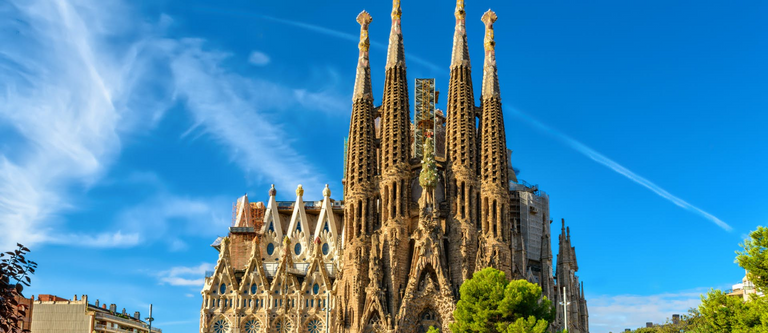
Facade of La Sagrada Familia, Barcelona Spain
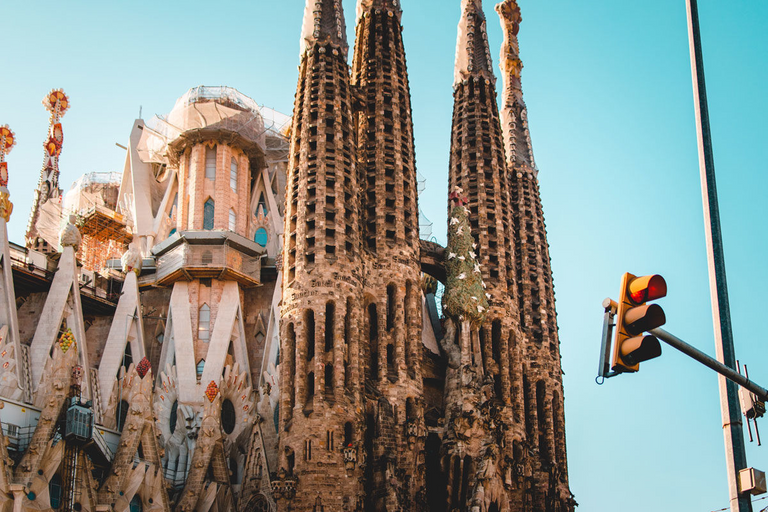
Exterior view of La Sagrada Familia, Barcelona.
Architect Gaudio designed the Sagrada Familia by paying respect to nature. He draws inspiration from a forest which is evident in the columns of Sagrada Famil. The columns branch out like trees that support the 150-foot tall vault roofs. It gives us an illusion that we are walking in a forest. Gaudi analyzed the natural form of trees, and he applies it to his architecture. Gaudi understands that form and function are one that helps him solved the structural problem and improve lighting.
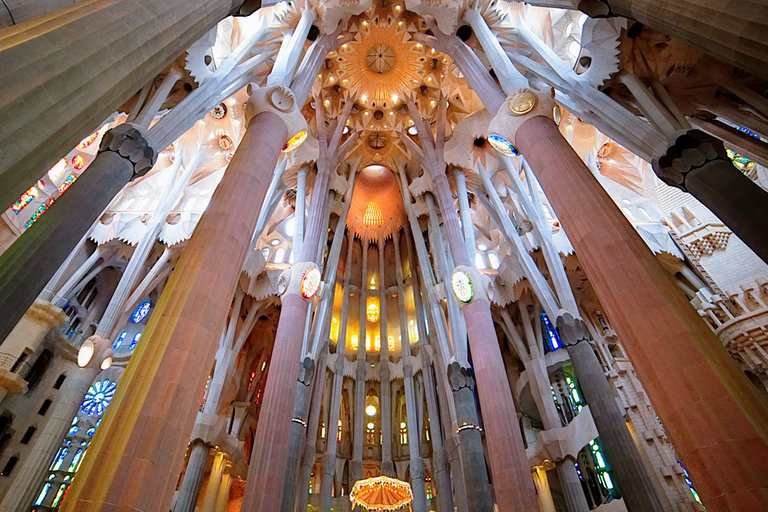
Ceiling and Columns of La Sagrada Familia, Barcelona.
The branches distribute the lateral load to the columns. The interior columns can carry a higher weight than the outer ones. The columns' branch minimizes the transfer of horizontal thrust so that it attains equilibrium. The inclined columns in the Passion facade imitate tree trunks where the base at spread out as hyperbolic paraboloid.
Beijing National Stadium, Beijing
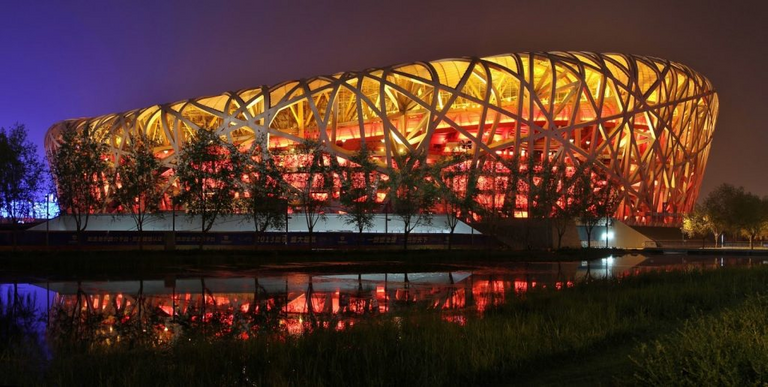
Exterior of Beijing National Stadium
Who would have thought to build a structure similar to a bird's nest? Swiss architects Herzog and de Meuron did it in the 2018 Olympics. They designed an Olympic stadium in Beijing resembling an upturned nest, which is earthquake-proof despite being lightweight. The structure comprises an inner concrete seating bowl and an outer steel frame that looks like twigs.
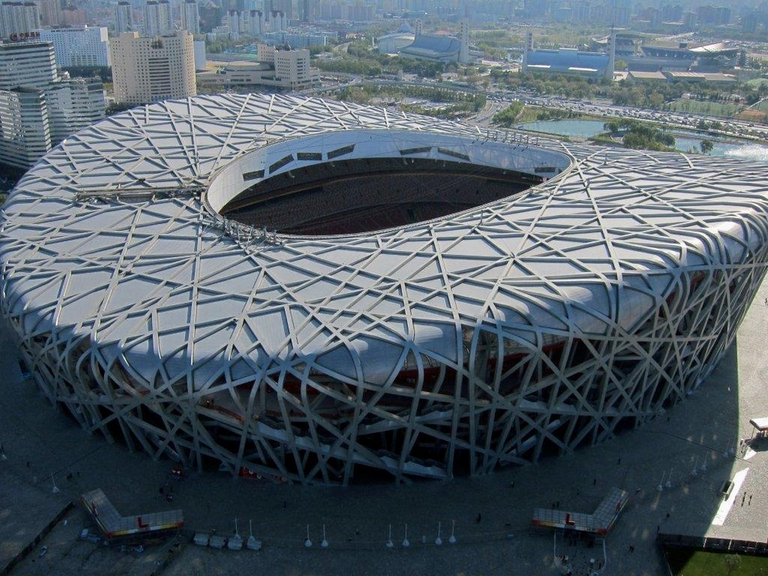 Exterior of Beijing National Stadium
Exterior of Beijing National Stadium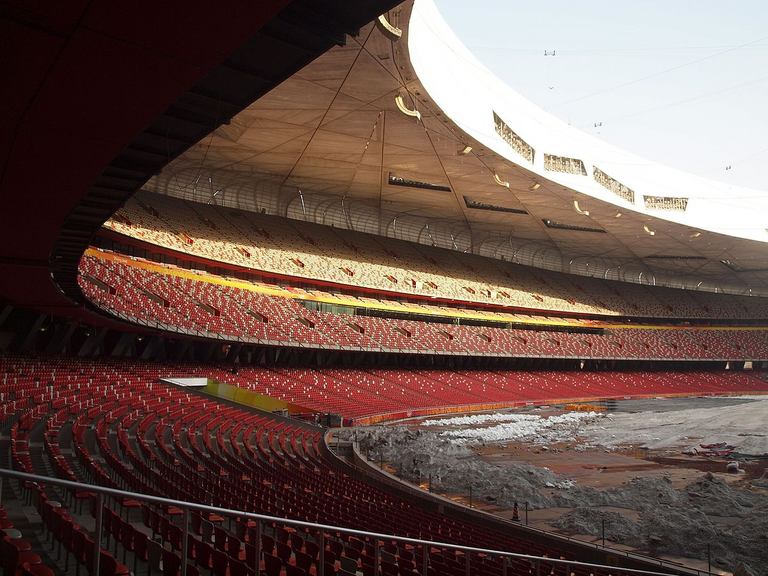
Interior of the Beijing National Stadium
The idea came from a single thread wrapped around a ball. The structures appear to be organic due to their geometry that gives a sense of randomness. The stadium is an engineering marvel with a slick design and stunning façade. Like a nest, it has a translucent, rain-proof cover, which is a polymer membrane. The membrane enhances the lighting in the stadium by minimizing glares and shadowing. With computational fluid dynamics and sound-absorbing material, the audience can hear a clear broadcast anywhere in the stadium.
The Gherkin, UK
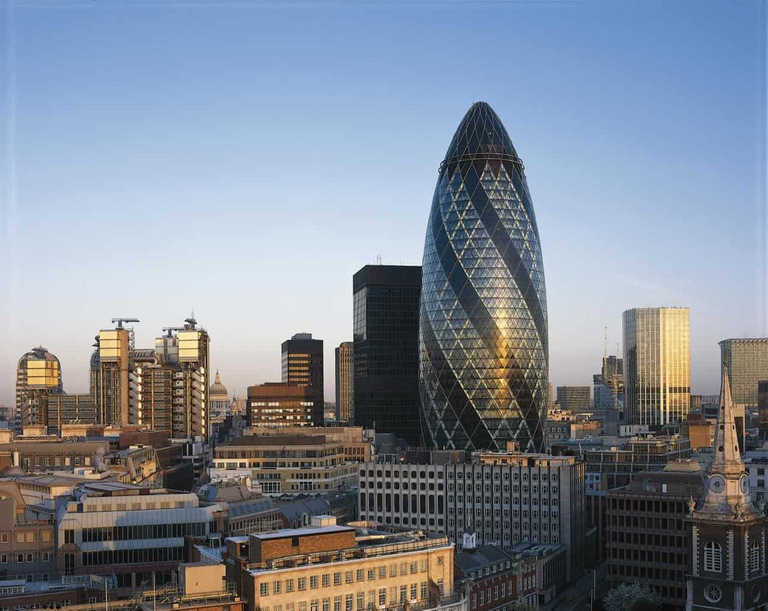
Facade of The Gherkin, UK
The 180 m skyscraper allows air to flow throughout the building. The architects use the form and function of sea sponges and anemones. The sea sponges direct seawater through their bodies to feed them. The exoskeleton of sponges and anemones was the inspiration for the Gherkin. It gives the building free-flowing ventilation.
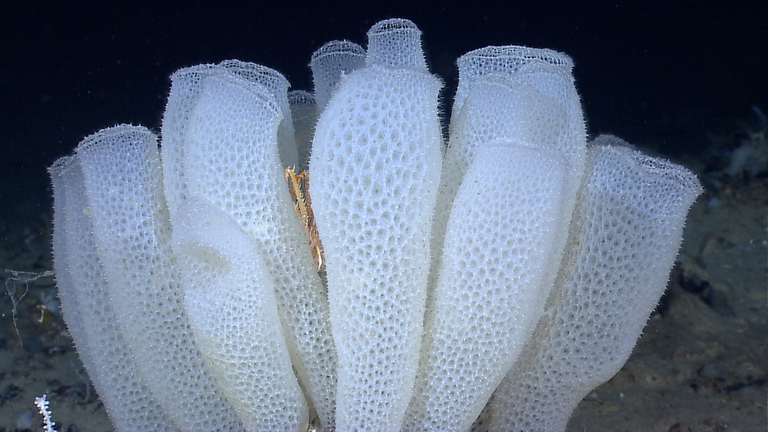
Venus flower sea sponges
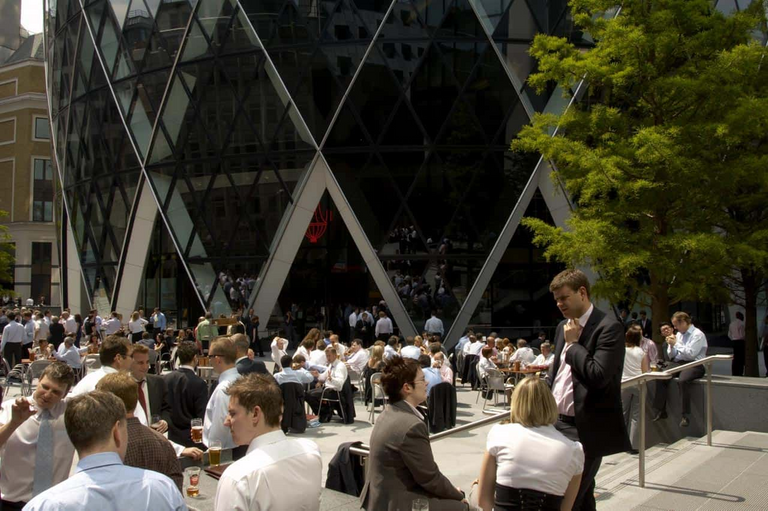
The building has a radial geometry where the center has a larger diameter than its top and bottom. From the center, the diameter slowly lessens as it approaches the top. The building allows seeming less flow of air due to the superb aerodynamics of the building. It has a slim bottom where it can maximize public activity.
Eastgate Center, Zimbabwe
The Eastgate Center in Zimbabwe draws inspiration from termites mounds. Mike Pearce design the mall and office building that get most ventilation naturally. He devised it so that the lower floors intake the air and exhaust through the chimneys. The concept is similar to large termites mounds.
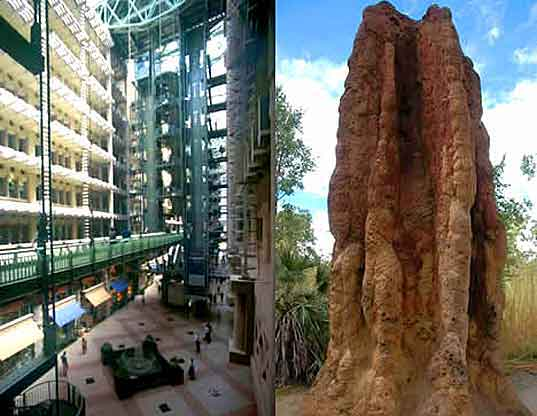
Inspiration of Eastgate Centre, Zimbabwe
The natural ventilation reduced energy usage by 10% as to standard building. The building regulated the temperature in the building without conventional air-conditioning or heating. The design mixed Zimbabwean's masonry with self-cooling mounds of African termites.

Facade of Eastgate Centre, Zimbabwe
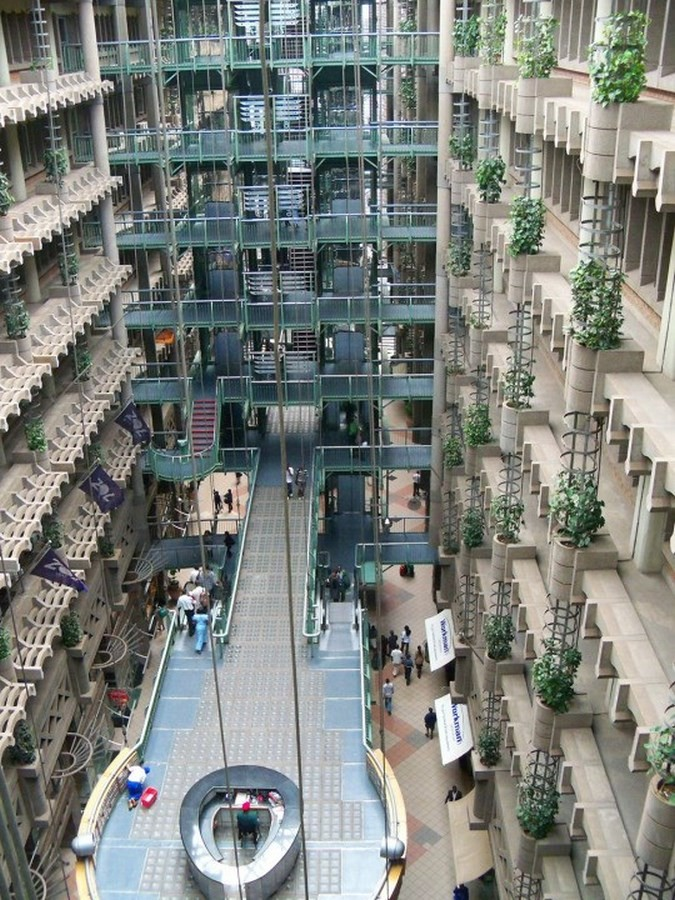
Exterior of Eastgate Centre, Zimbabwe
The Eastgate Centre is concrete with a ventilation system adapted from termites. Large fans push the air to vertical supply ducts that are in the central spine of the buildings. The fresh air replaces the stale air that is exhausted from the ports in the ceilings. The air then enters the vertical ducts before flushing out the chimney.
We looked at nature for inspiration to solve the pressing problems in designing structures. It may be ironic, but the metaphor surely helps us build sustainable architecture. Biomimicry is an emerging path in architecture, which gives us an innovative way to have sustainable structures.
Architects and engineers can get more solutions by investigating organism, their behavior, and ecosystem. Time proves how effective natural structures are. We can tune to that to get a better solution to emerging design problems. Biomimicry is a revolution in architecture, engineering, and design. Those who are comfortable with the status quo can't look at a better option in creating sustainable masterpieces.
References
- How Biomimicry Enhances Creativity in Architecture
- The Tortured 136-Year History of Building Gaudí’s Sagrada Família
- Nature Does It Better: Biomimicry in Architecture and Engineering
- Turning to nature for innovative and long-lasting solutions.
- Beijing National Stadium (the Bird’s Nest)
- The Gherkin: Foster’s Monumental Building In The Heart Of London
- What Termites Can Teach Us About Cooling Our Buildings
- Green Building in Zimbabwe Modeled After Termite Mounds
https://twitter.com/juecoree/status/1367503052484313100
Such a wonderful post, I could totally agree with you on the point that Nature is an engineering genius
The biomimicry is a very creative style in the field of architecture, very close to nature. The Beijing national stadium is indeed one of the best example to this style.
Keep posting and have a wonderful day :)
Appreciated, @sahiba-rana. We can learn a lot by understanding nature whether it is for architecture, engineering or design. Thank you for engaging in my post!
thats an excellent and very enjoyable post, Gaudi is being a long time my favourite architect and a great person to know him better.
we have to learn so many things from nature!
this field is as inexaustable, as ocean
ps. have you been to Barcelona yourself?..
I agree Gaudi's architectural mindset is cut above the others. He may not be there when the project is completed, but his contribution will be remembered.
Nope, I did not visit Barcelona even once. I hope to visit it someday.
Thank you for engaging in my post!
actually, me too, I cant afford travelling too far. Read about it only in the books. Wish it will happen for you, one day!
Same here. I read it on books and saw it in movies. I also hope you can visit it one day!
ehehe. very small chances for this. life becoming worse and worse year by year. 'the dynapics is negative' :))) but thanks for your good wishes, too. I believe that our thoughts shape the outer world around us (to the some point, ofc). -- !BEER
View or trade
BEER.Hey @juecoree, here is a little bit of
BEERfrom @qwerrie for you. Enjoy it!Learn how to earn FREE BEER each day by staking your
BEER.Excellent work @juecoree!
The Architecture+Design Community is an Active Member of the OCD Communities Incubation Program
Appreciate the support, @aplusd. Looking forward to add more content in the community.